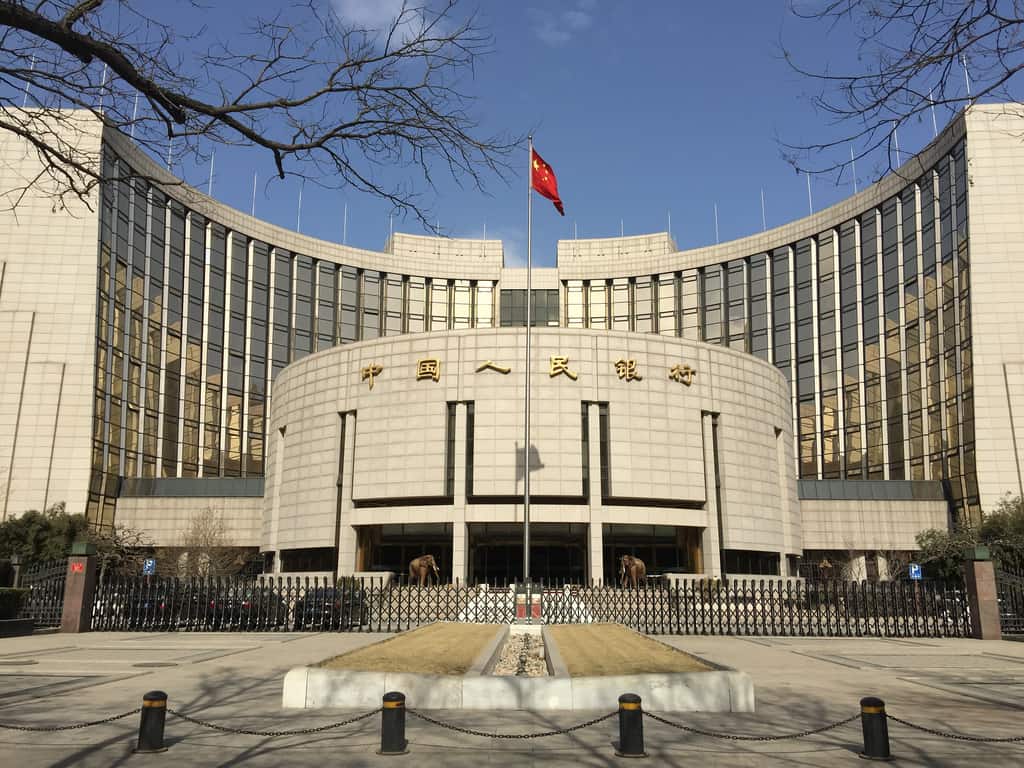The People’s Bank of China (PBOC) has flagged further efforts to use big data to improve anti-money laundering measures and infrastructure in the Chinese financial system.
Gou Wenjun (苟文均), chair of PBOC’ s Anti-money Laundering Monitoring and Infrastructure Centre (中国人民银行反洗钱监测分析中), said that the goal for the modernisation of China’s anti-money laundering infrastructure over the next five years will be the creation of a “comprehensive, multi-vector and high-quality anti-money laundering big data system.”
“In recent years, the application and development of anti-money laundering big data resources has played an important role in areas including striking against crimes such as terrorist financing; international hunts for fugitives, illicit funds and lost assets, and the prevention and disposal of various forms of major risk,” he said.
Gou made the remarks on 17 November at the 2022 2nd Lujiazui State Financial Security Summit, and the 12th China Anti-money Laundering Summit (2022第二届陆家嘴国家金融安全峰会暨第十二届中国反洗钱高峰论坛).
According to Gou, the creation of an anti-money laundering big data system in China will focus on four key areas in particular:
- The establishment of a comprehensive data regulation system – clarifying the contents of anti-money laundering operations, expanding the scope for the gathering of anti-money laundering data, accelerating the establishment of a data standards system, and formulating and optimising QR code rules.
- Expanding the big data system to cover multiple areas – incorporating relevant information from key areas in anti-money laundering databases, including social management, industrial regulation and law enforcement, in order to achieve data connections for anti-money laundering monitoring and analysis.
- Raising the level of the smart application of big data – the use of digital smart development to achieve cross-organisation and cross-industry linkages and integration of base data.
- Fortification of the protection system for the secure sharing of data. Improvements to a grade and category-based data protection system, and standardised undertaking of data sharing applications, in order to ensure that “data can be used but not seen.”


